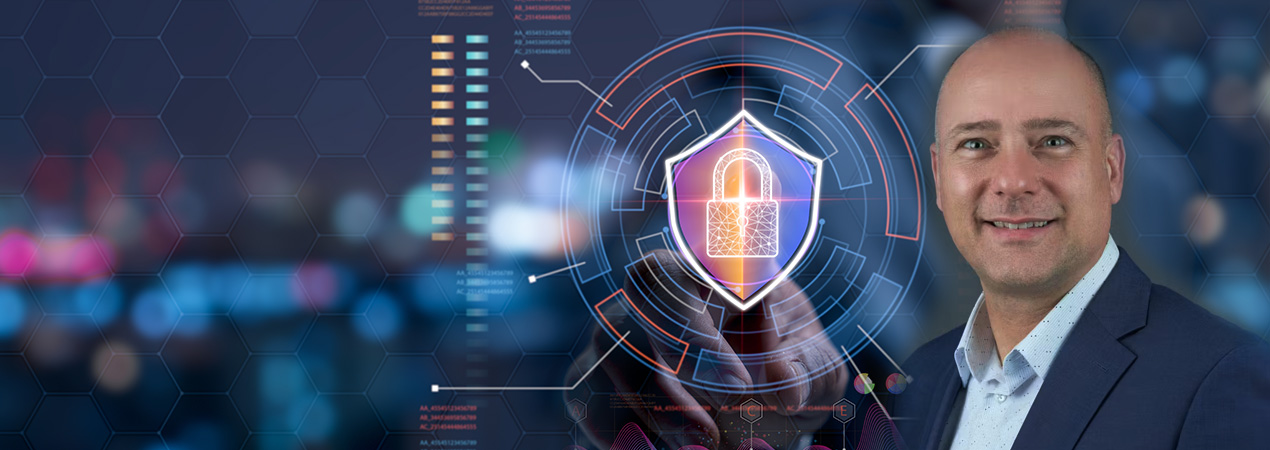The potential benefits of AI are paralleled by the nefarious use of its deepfake children.
authID today released its latest white paper titled “The Spread of Deepfakes and How to Protect Yourself Against Them.” The paper provides a thorough examination of how deepfakes are spawned and continually enhanced, as well as how they are used for fooling both human and digital channels for committing fraud and other crimes.
Technology begets better technology, allowing digital ecosystems and online functionality to progress exponentially. Artificial Intelligence (AI) can write its own code, and continually learn in order to make itself smarter.
Yet technological advancements have also led to the meteoric rise of deepfakes, or AI-generated constructs that mimic human voices, faces, and even behavior. The potential benefits of AI are paralleled by the nefarious use of its deepfake children. Fraud attacks both minor and massive have been perpetrated using deepfakes.
“Combating deepfakes requires an identity strategy that is designed to keep up with the pace and quality of each threat, while providing the fastest and most accurate solution for secure identity proofing and strong authentication,” said Rhon Daguro, authID CEO. “authID delivers truly transformative biometric authentication that seamlessly detects and protects today’s digital economy against deepfakes. Our easy-to-integrate, patented, biometric identity platform establishes trust in online identity and transactions with market-leading speed, accuracy and precision.”
The white paper examines how deepfakes are spawned, continually improved upon, and then leveraged in the commission of fraud and other crimes. It also details several other prevailing enterprise themes, including:
- The true scope of the problem and understanding which organizations are at risk: Virtually any organization needs a strong defense from deepfake scams. While most security-savvy enterprises train their workforce on data protection and compliance, teaching them how to spot deepfakes is challenging, prone to human error, and not scalable with large volumes of applicants.
- Establishing best practices in the fight against deepfakes: In general, organizations need to both securely onboard verified users on Day Zero and automatically authenticate their identities every day thereafter. These use cases apply to both employees and consumers at any number of enterprises that are threatened by deepfakes.
- Providing the digital economy with better biometric authentication: By understanding the arc of deepfakes, IT and other professionals can learn how to exceed the most basic (and ineffective) defenses and achieve a truly capable and automated approach to staying ahead of this self-perpetuating digital attack.
Credits By: www.securityinfowatch.com





